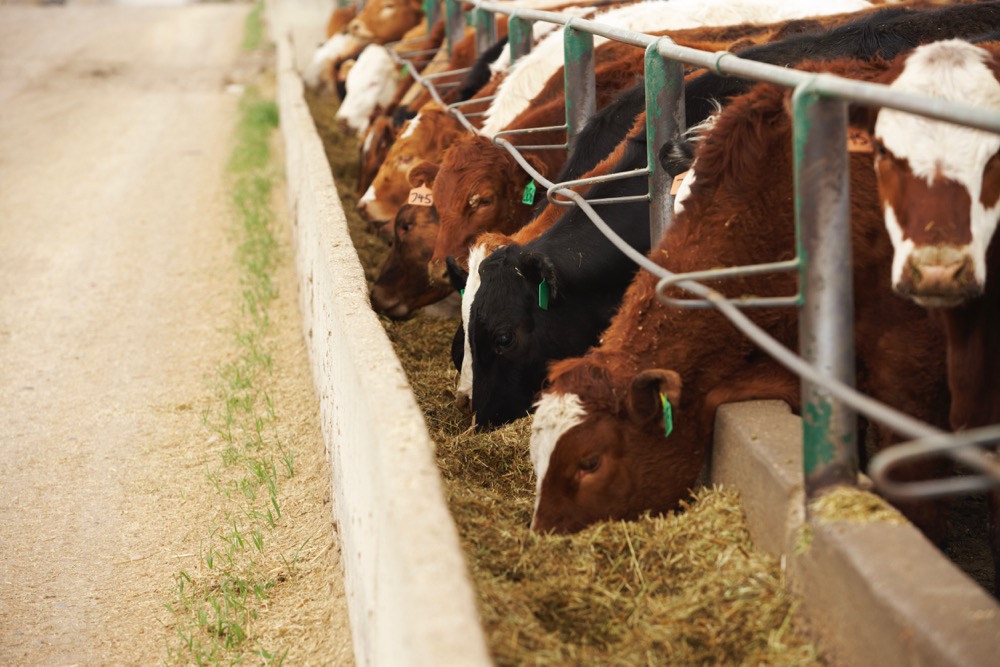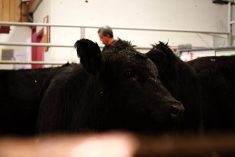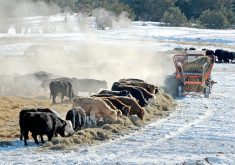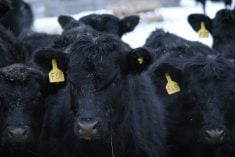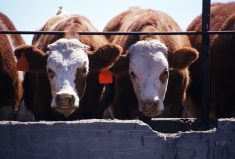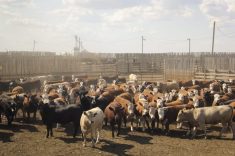Compared to last week, western Canadian feeder cattle markets traded $2-$4 higher. Strong demand was noted on yearlings, which spilt over into the lighter weight categories. Major feedlot operators in Alberta set the price structure, with aggressive orders flowing across the Prairies.
Some operators have been holding back on purchases due to higher prices; however, this week they decided to step forward and secure ownership. Lethbridge operations paid a premium on local cattle. For example, a larger group of tan steers weighing 875 lbs. dropped the gavel at $206. The quality of yearlings coming straight off grass in the western half of Alberta is better than for replacement cattle from drought-stricken Saskatchewan and Manitoba.
Read Also
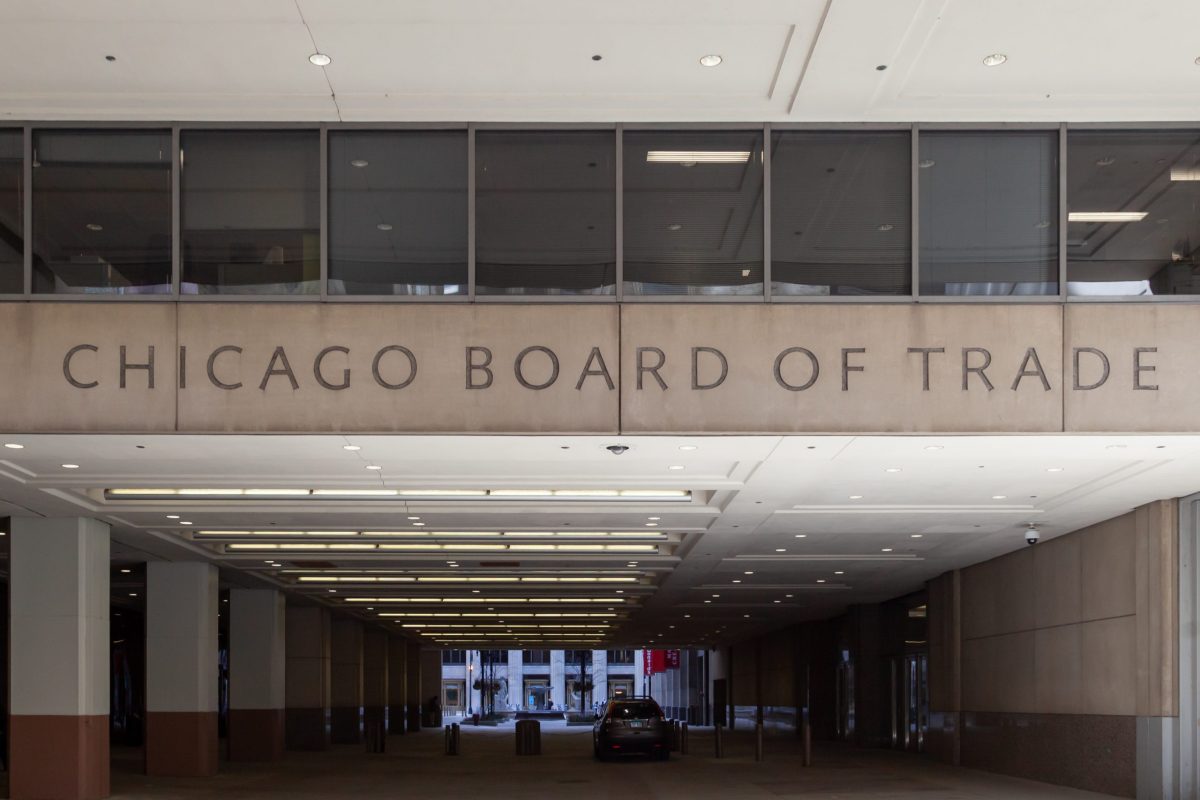
U.S. grains: Soybeans hit six-week low as Brazilian harvest looms; corn, wheat sag
Chicago | Reuters – Chicago soybean futures fell to six-week lows on Friday as worries about slowing export demand for…
Calf markets were firm, with premiums noted on larger groups of one-cut cattle. Demand from backgrounding operations was noted this week with the grain harvest moving into its final stages in southern Alberta. Over the past 30 days, southern Saskatchewan and most of Manitoba have received 200 per cent of normal precipitation. Some ranches have a second chance at forage and pastures have improved considerably. Bred heifers are a strong buy at current levels.
In the Lethbridge area, Charolais-based steers weighing 920 lbs. were quoted at $199 and Angus-blended heifers averaging 850 lbs. were valued at $188. These genetic premium cattle were straight off grass and there was no shortage of buying interest. In central Alberta, a small group of mixed steers averaging 850 lbs. traded for $201 and Simmental-based heifers weighing 830 lbs. were quoted at $183. In central Saskatchewan, a smaller group of larger-frame mixed steers straight off grass weighing 920 lbs. were quoted at $183 and black steers weighing 860 lbs. were reported at $190.
Calf prices were variable across the Prairies. In southern Alberta, a larger group of Angus-based steers weighing 580 lbs. were reported at $220; south of Edmonton, a small group of mixed steers weighing 545 lbs. were reported at $222 and mixed heifers weighing 575 lbs. were valued at $197. In central Saskatchewan, a small group of Angus-based steers averaging 525 lbs. were reported at $232 and Charolais-based steers averaging 630 lbs. reached up to $224. The market was hard to define in some cases because major feedlots were aggressive on quality groups. Backgrounders were taking second-choice cattle. Calves traded at a discount to other areas of Western Canada as sales in central and southern Alberta where larger volumes of yearlings were on offer.
The live cattle futures in the deferred positions are $15-$20 higher compared to last year at this time. There is a fairly optimistic outlook for fed cattle. Notice the December 2022 live cattle futures are at an $8 premium to the December 2021 contract. The chances of a major drought two years in a row are slim. It looks like the feeder market is in 2012- to 2013-type fundamentals, given the lower calf crop projections in the U.S.
— Jerry Klassen manages the Canadian office of Swiss-based grain trader GAP SA Grains and Produits Ltd. and is president and founder of Resilient Capital, specializing in proprietary commodity futures trading and market analysis. Jerry consults with feedlots on risk management and writes a weekly cattle market commentary. He can be reached at 204-504-8339 or via his website at ResilCapital.com.

